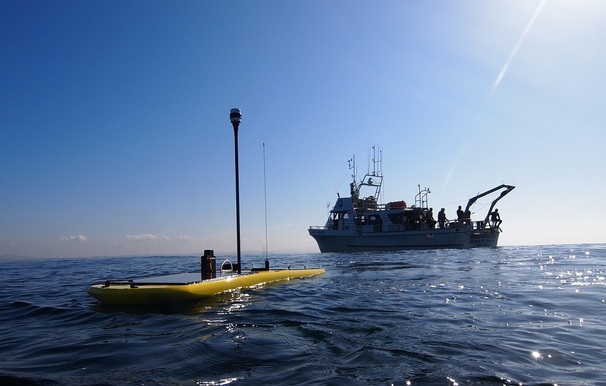Hurricane Forecasts Get a Robotic Boost

Satellites and aircraft have kept watch on Hurricane Isaac as the storm sweeps toward the U.S. Gulf Coast, but floating robots could also boost future hurricane prediction by gauging ocean temperatures below the surface.
A robotic "wave glider" called Alex, made by Liquid Robotics, has begun measuring ocean temperatures north of Puerto Rico under the guidance of the National Oceanographic and Atmospheric Administration, according to IEEE Spectrum. Its findings won't help forecast the intensity of today's storms such as Isaac, but its data will be tested in hurricane models to see whether it improves the results.
The floating robot has a weather station and a wave sensor capable of tracking wave directions and heights.
Other wave gliders made by Liquid Robotics have already set world records for oceangoing travel by traveling from the U.S. West Coast to Hawaii. One pair has since set out for Japan by way of the Mariana Trench — the deepest place on Earth — even as a second pair heads for Australia.
Source: IEEE Spectrum
This story was provided by InnovationNewsDaily, a sister site to Live Science. Follow InnovationNewsDaily on Twitter @News_Innovation, or on Facebook.
Get the world’s most fascinating discoveries delivered straight to your inbox.
 Live Science Plus
Live Science Plus






